I found Bathory’s “Blood Fire Death” on a Tuesday afternoon in 1989 at a record store in Chicago that smelled like patchouli and desperation. I’d taken a Greyhound bus four hours each way specifically because I’d heard this shop carried imports you couldn’t find anywhere else in the Midwest. My entire month’s writing income from the local music rag—a whopping $120—was burning a hole in my pocket, earmarked for musical discoveries.
The clerk, a guy with the kind of beard that now would identify him as a craft brewery enthusiast but back then just meant “serious metal fan,” noticed me flipping through the extreme metal section. “You like the heavy stuff?” he asked, clearly sizing up whether I was worth wasting his encyclopedic metal knowledge on.
“Yeah,” I said, trying to establish my credentials. “Into Slayer, Celtic Frost, Sodom, the usual suspects.”
He nodded, apparently deciding I’d passed some minimum threshold of acceptability, reached under the counter, and pulled out an album with cover art depicting a sword-wielding warrior on horseback against a dramatic, apocalyptic landscape. “Swedish. Guy calls himself Quorthon. Started as a Venom clone, but this…” He tapped the cover reverently. “This is something else entirely.”
I bought it without hesitation, along with four other albums I’ve completely forgotten about because they were immediately rendered irrelevant by what I heard on the four-hour bus ride home, my Sony Walkman struggling to contain the sonic experience unfolding through those flimsy foam headphones.
“Blood Fire Death,” released in 1988, was Bathory’s fourth album, but calling it merely the next step in the band’s evolution is like calling Everest just another mountain. This wasn’t evolution; it was transformation—a complete reimagining of what extreme metal could be. The raw, primitive black metal of Bathory’s earlier albums was still present, but it had been harnessed to something grander, more ambitious, more… mythic.
The album opens with “Odens Ride Over Nordland,” an instrumental that immediately signals we’re in uncharted territory. Storm sounds, horse hooves, and synthesized choral effects create this atmosphere of ancient drama before the metal even kicks in. In 1988, this kind of scene-setting intro was practically unheard of in extreme metal, which generally prided itself on getting straight to the aggression. But Quorthon was clearly after something different—he wasn’t just making music; he was building a world.
When the title track finally erupts after this atmospheric opening, it’s with a ferocity that remains shocking even today. The production is raw by modern standards, but that primitive quality only enhances its power. Quorthon’s vocals—harsh, raspy, seemingly torn from his throat—sound like they’re being delivered by some ancient Norse berserker rather than a young guy from Stockholm. The riffing combines the tremolo-picked intensity of what would later be codified as black metal with these epic, almost folk-like melodies that hint at ancient sagas and battles.
But it’s “A Fine Day to Die” that really announced Bathory’s new direction. The track opens with wind sounds and acoustic guitar—ACOUSTIC GUITAR! In extreme metal! In 1988!—before building into one of the most epic metal compositions of the era. The song sprawls over nearly nine minutes, shifting tempos and atmospheres, combining furious black metal sections with these majestic, mid-paced passages that evoke warriors marching to glorious battle. Quorthon’s vocals alternate between his trademark rasp and these cleaner, almost chanted sections that feel like ancient war cries.
This was the moment Viking metal was born, though nobody called it that yet. While bands like Led Zeppelin had flirted with Norse mythology before, and Celtic Frost had brought a certain epic quality to extreme metal, “Blood Fire Death” was the first album to fully synthesize these elements into something that felt authentically connected to Nordic history and mythology. Quorthon wasn’t just using Vikings as aesthetic window dressing; he was channeling the spirit of the sagas through the medium of extreme metal.
What makes “Blood Fire Death” even more remarkable is the context in which it appeared. This was 1988, remember. Extreme metal was still largely defined by thrash, early death metal, and the first wave of black metal. The emphasis was generally on speed, aggression, and Satanic or gore-focused lyrics. The idea of metal as a vehicle for cultural heritage and historical narrative was almost completely unexplored territory.
Equally impressive is how Quorthon accomplished this virtually single-handedly. Unlike the mythology sometimes suggests, Bathory wasn’t a conventional band but essentially a one-man project. Quorthon (born Thomas Forsberg) wrote everything, played most of the instruments, and handled the vocals. He was in his early twenties when he created “Blood Fire Death,” working with limited equipment and resources. The album was recorded at Heavenshore Studio, which sounds impressive until you learn it was essentially a garage with some recording equipment. The drums were actually set up in a stairwell to achieve a more resonant sound.
These limitations, rather than hindering the album, actually contribute to its primal power. There’s a visceral quality to “Blood Fire Death” that more polished productions often lack. You can practically feel Quorthon’s passion and vision straining against the technical constraints, creating this tension that energizes the entire album. It’s the sound of someone with a monumental artistic vision refusing to be limited by practical realities.
The track “Holocaust” (later renamed “Shores in Flames” on some reissues) demonstrates this perfectly. The song builds from a restrained opening to an almost overwhelming climax of swirling guitars, pounding drums, and Quorthon’s impassioned vocals. There’s a moment about halfway through where everything locks into this hypnotic, trance-like rhythm that feels like it could continue forever, pulling you deeper into the Nordic world Quorthon is conjuring. It’s mesmerizing in a way that few metal songs had achieved before.
“The Golden Walls of Heaven” provides a counterpoint, showing that Bathory could still deliver the straight-up black metal assault of their earlier work. But even here, there’s a grandeur to the composition that transcends the genre’s typical boundaries. The riffs don’t just bludgeon; they soar. The blastbeats don’t just pummel; they surge like ocean waves against the prow of a longship.
Then there’s “Dies Irae,” which incorporates Gregorian chant into its framework—another revolutionary move for extreme metal at the time. The juxtaposition of these ancient sacred sounds with Bathory’s unholy roar creates this fascinating tension between the Christian and pagan worlds, reflecting the historical clash of these cultures in Scandinavia. Whether Quorthon intended this specific reading is debatable, but the power of this musical collision is undeniable.
The album closes with “Blood Fire Death,” bringing us full circle with the title track’s epic sweep. The song encapsulates everything that makes the album revolutionary—the marriage of black metal intensity with pagan atmosphere, the dynamic shifts between furious assault and majestic mid-tempo passages, and lyrics that evoke ancient battles and Norse cosmology.
When I returned home from Chicago and played “Blood Fire Death” for my metal friends, the reactions were polarized. Some didn’t get it at all, expecting something more conventionally extreme and finding the atmospheric elements and epic structures off-putting. Others were immediately captivated, sensing as I had that this represented something genuinely new in metal’s evolution.
Looking back, it’s clear that “Blood Fire Death” was not just ahead of its time but actually created a new timeline altogether. The album laid the groundwork for what would become known as Viking metal, pagan metal, and folk metal, influencing bands from Enslaved and Amon Amarth to Moonsorrow and Windir. The second wave of black metal that emerged from Norway in the early ’90s owes an enormous debt to Bathory, with musicians like Fenriz of Darkthrone frequently citing Quorthon as a primary influence.
Beyond the musical impact, “Blood Fire Death” helped establish the idea that metal could engage seriously with cultural heritage and historical themes. This wasn’t the cartoonish, sword-and-sorcery fantasy of power metal, but something that felt connected to actual history and mythology. It opened pathways for metal bands to explore their cultural roots, whether Norse, Celtic, Slavic, or otherwise.
I had the chance to talk about Bathory with several Scandinavian musicians over the years, and the reverence with which they speak of Quorthon is telling. Grutle Kjellson of Enslaved once told me, “Without ‘Blood Fire Death,’ Norwegian black metal would have sounded completely different—if it existed at all.” Satyr of Satyricon described hearing the album for the first time as “a revelation—like discovering that the music I had always wanted to hear actually existed.”
What’s particularly poignant is that Quorthon never got to fully witness the enormous impact of his creation. He passed away in 2004, just as the Viking and pagan metal scenes he helped birth were really coming into their own. The popularity of TV shows like “Vikings” and the mainstream fascination with Norse mythology came even later. In a very real sense, Quorthon invented Viking metal decades before Vikings were cool.
I revisited “Blood Fire Death” recently, playing it in full while driving through mountain roads on a stormy evening. Thirty-plus years since that bus ride with my Walkman, the album has lost none of its power to transport and overwhelm. If anything, time has only enhanced its stature, revealing just how prescient and revolutionary Quorthon’s vision truly was.
The production, while primitive by modern standards, now feels perfectly matched to the material—raw, elemental, untamed by commercial considerations. The compositions, which seemed sprawling and unusual in 1988, now register as perfectly constructed journeys through Nordic landscapes and mythologies. And Quorthon’s passionate performance transcends any technical limitations, communicating a fervor and commitment that more polished vocalists often fail to achieve.
There’s a moment during “A Fine Day to Die” where the furious black metal assault gives way to a slower, more majestic section, with Quorthon’s vocals shifting from harsh screams to a more measured, almost ritual-like delivery. Every time I hear this transition, I’m struck by how perfectly it captures the essence of what makes “Blood Fire Death” so special—this ability to maintain extreme metal’s intensity while expanding its emotional and thematic range.
In a genre often fixated on technical prowess or production values, “Blood Fire Death” reminds us that vision trumps everything. Working with limited means in a converted garage, a young musician from Stockholm created something genuinely transformative—an album that didn’t just participate in metal’s evolution but actively redirected it.
So here’s to Quorthon and “Blood Fire Death”—the man and the album that invented Viking metal before Vikings were cool, that showed how extreme music could embrace cultural heritage without sacrificing its power, and that demonstrated how the most revolutionary art often emerges not from the mainstream but from the margins, created by visionaries who see possibilities others have missed.
Every time I see a metal fan wearing a Thor’s hammer pendant or a band incorporating Norse themes into their music, I think about that Tuesday afternoon in Chicago and the bearded clerk who handed me an album that would forever change my understanding of what metal could be. Some discoveries reshape your musical landscape entirely. “Blood Fire Death” was one of mine.
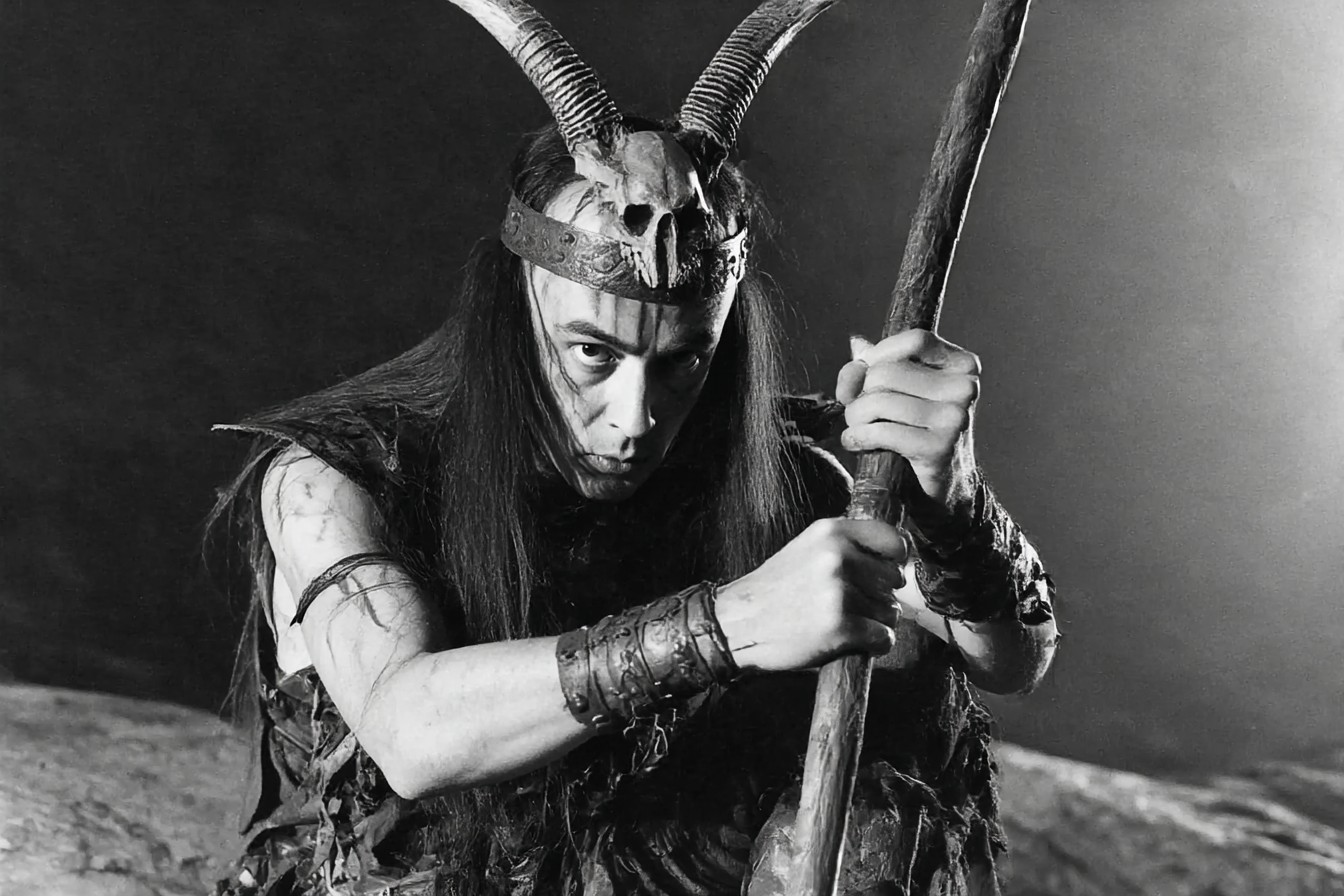
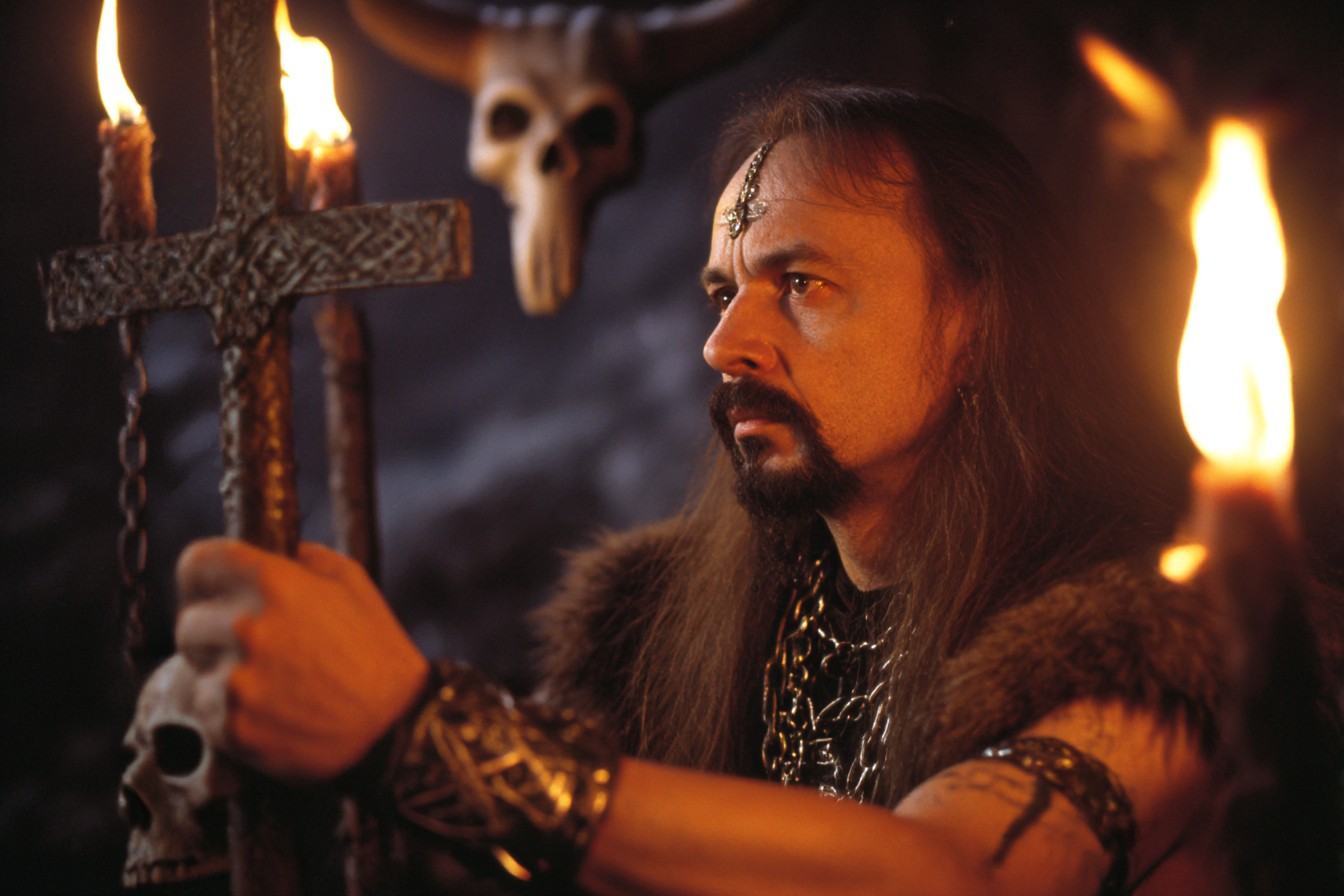
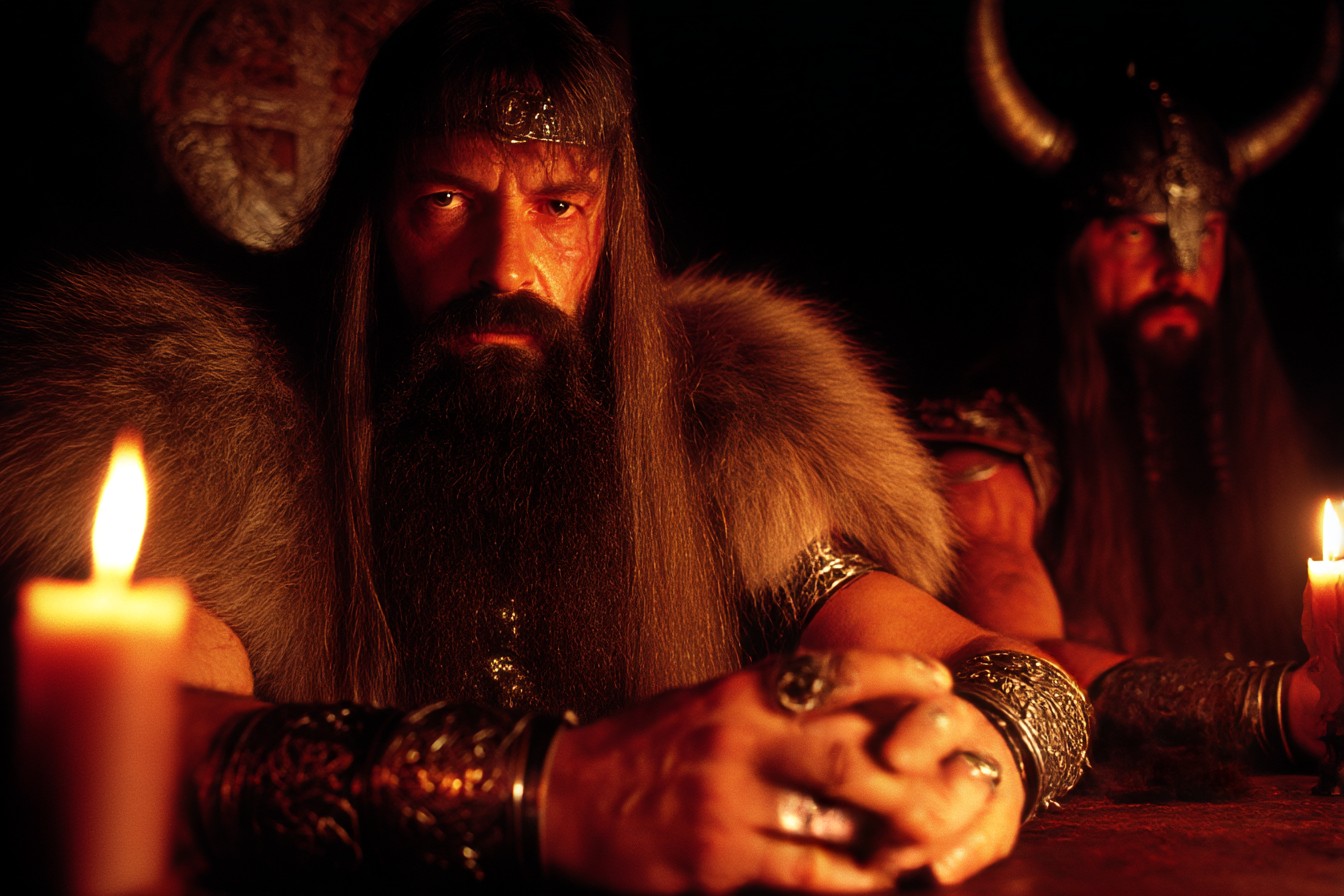
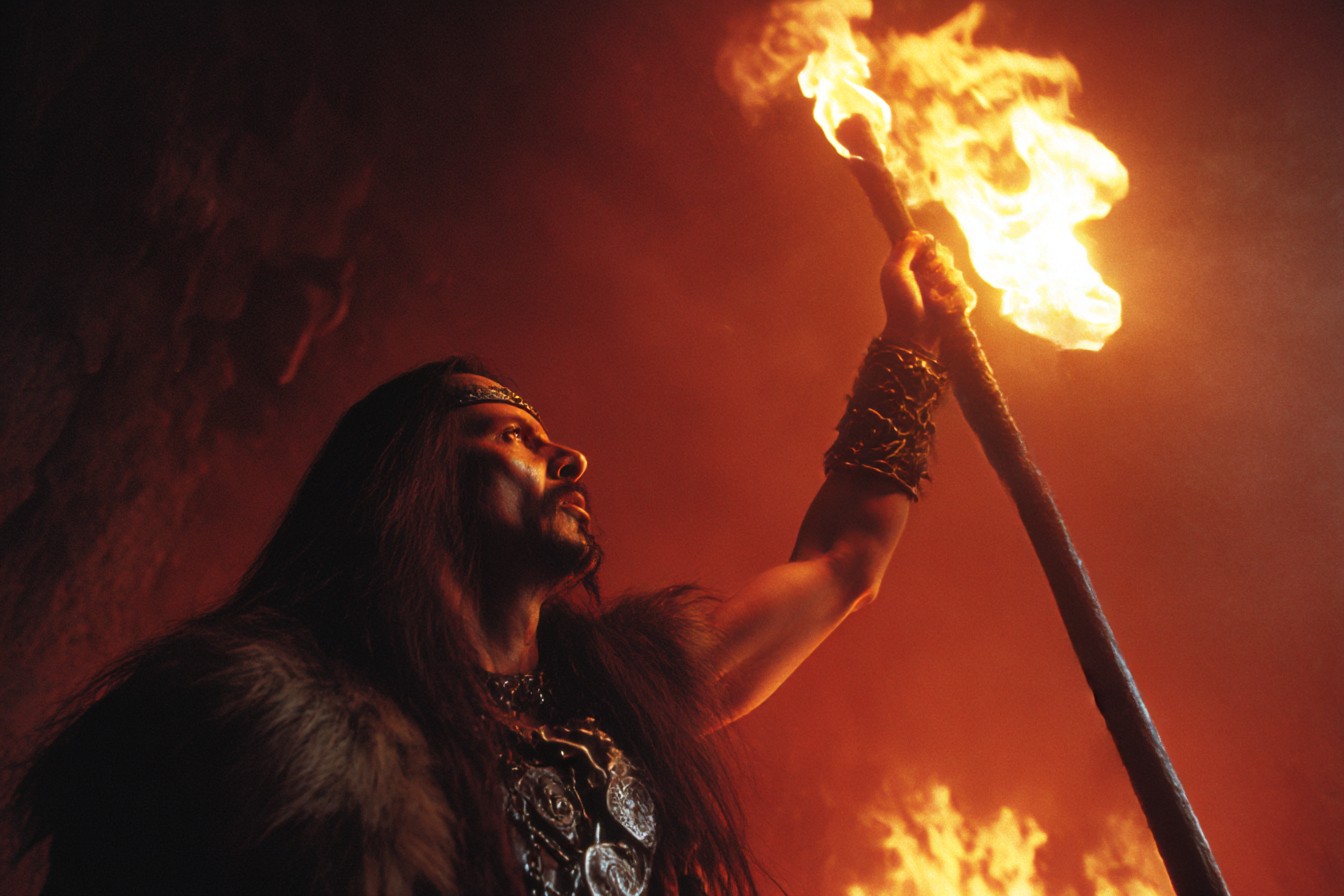
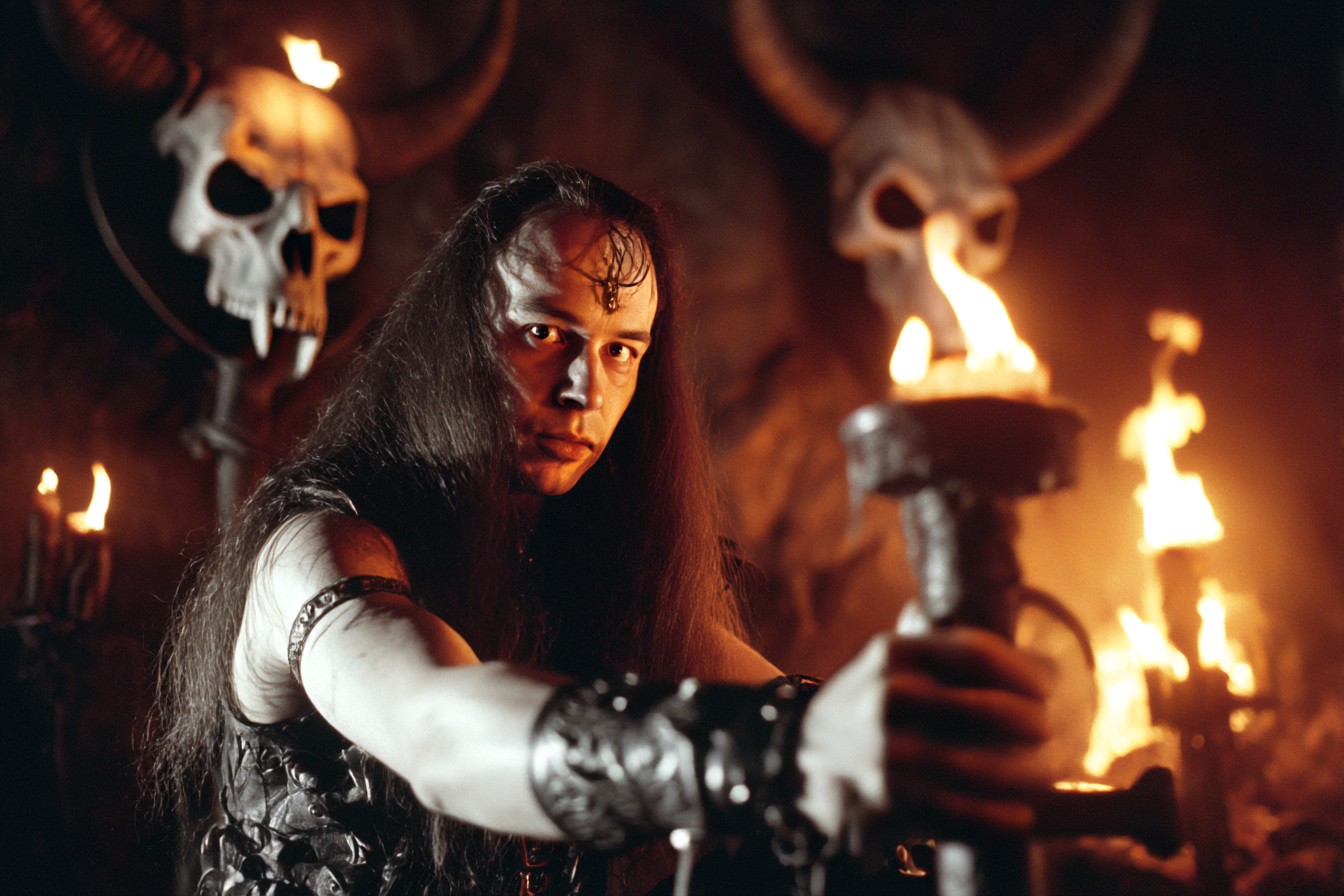
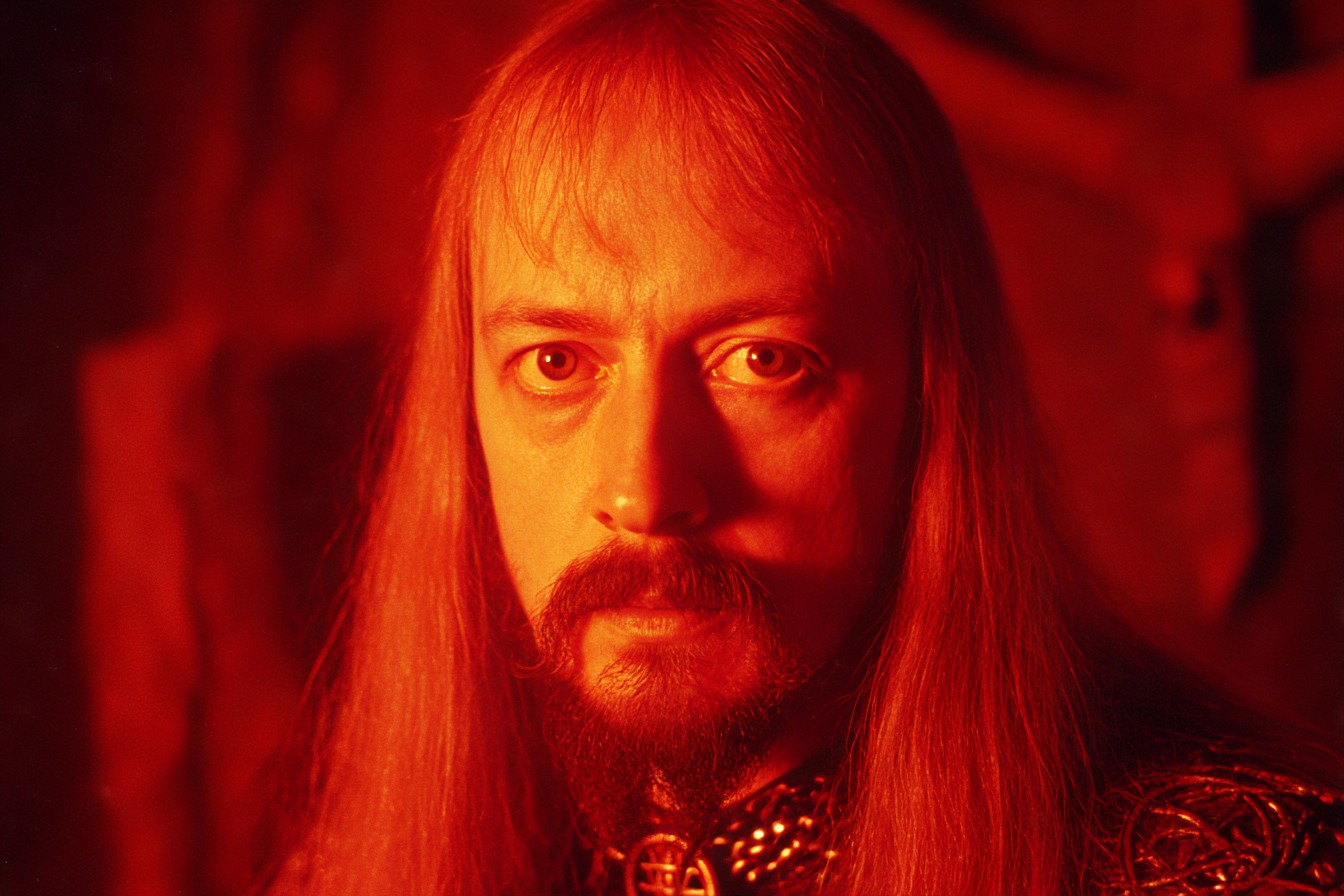
Leave a Reply